One of the best features of Sony San Deigo’s MLB The Show is that year after year they remain committed to not only adding new control schemes, but doing the work to keep older ones intact. In MLB The Show 22, there are five different control schemes for pitching, and we’re here to explain the strengths and weaknesses of each of them. This list will go from least mechanically complex to most complex. Before we select our controls, it’s a good idea to talk about presentation cameras. We think it’s important to mirror both your hitting and pitching cameras so that you see the ball the same way the entire time you play the game. We prefer to use the Catcher High camera setting, but it’s important that you do whatever you need to feel comfortable.
To explain all of the pitching options, we need to talk about the Perfect Accuracy Region or PAR. The PAR helps the player visualize how accurate a pitch can be. Fastballs like the four-seam and two-seam have virtually no PAR, while curveballs can have a PAR that may cover half the strike zone. The PAR is determined by two things: one, your pitch control attribute, and two, the position in your pitch repertoire. Your first pitch is your “primary” pitch and will have a significantly smaller PAR than your fourth or fifth pitch. This is important to keep in mind when building a Ballplayer you want to pitch with.
The next interface we’ll talk about is called Pulse Pitching. Much like the Classic Pitching option, you select and aim your pitch. However, with pulse pitching, there will be a rapidly pulsating ring. The smaller that ring is, the more accurate the spot you aimed at the pitch will be. This, personally, is our least favorite control option, but it still has merit if you need a method with low impact in terms of buttons.
The next interface is Meter Pitching. Meter pitching adds another layer to pitching in that every pitcher will have one of a few different release points. The yellow line is the perfect part of the PAR. To begin, select the pitch and location like always, and hold the button until you fill the red part of the meter. This will set your power and either make your fastballs as fast as possible or make your breaking balls break as hard as possible. As the meter swings back down, hit the button again on the yellow line. Keep in mind that the harder you set the power, the bigger the penalty if you happen to miss the PAR line. It’s important to keep in mind as well that the better you pitch, the higher your pitch confidence goes. When your pitch confidence is high, the PAR region grows larger, making it easier to locate your pitches. This is the setting we have used all of last year and will keep using it because it has a smaller PAR than our next interface, Pure Analog.
The Pure Analog control option is an inversion of Meter Pitching. It shares all the same mechanics, but instead of pushing a button, you use the analog stick to set the location. You pull down on the analog stick and push it back up when it reaches the PAR, and then curve the stick to a target based on the location. Keep in mind that the location will depend on the natural break of the pitch. This is a solid control method if you have trouble hitting a button on time, but we personally wouldn’t use it on the Nintendo Switch as it may or may not contribute to Joy-con drift as you will probably do this motion about 100 times in a full 9-inning game.
The final option is also the newest option in the game and is, for us at least, the hardest in the game. Think of using Pinpoint Pitching like tracing a drawing. In order to place your pitch, you have to trace a unique pattern based on the pitch. A fastball is just a simple straight line, while a curveball will involve full rotations. The goal is to trace the line at the same pace that your wind-up animates and then slam the stick down as your pitcher would release the ball. This method requires extreme patience and practice but is the one that the top competitive players will use because, if you can master it, you will be as accurate as possible. Obviously, this is tough to recommend if you have any sort of motor skill issues.

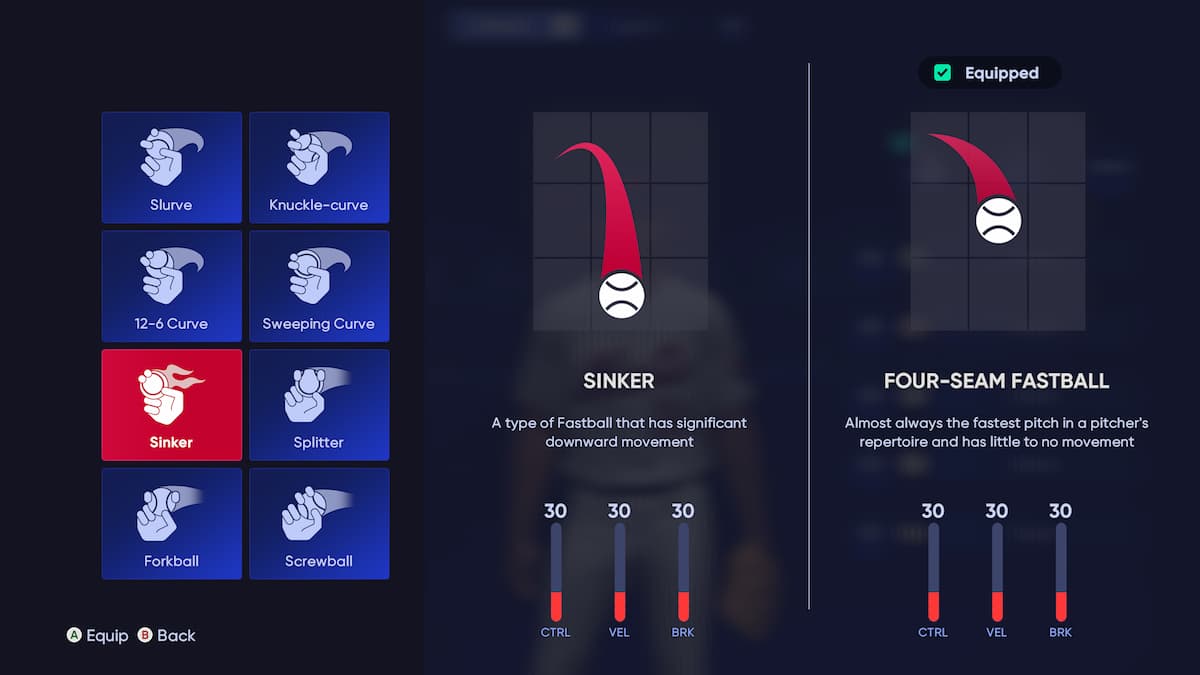
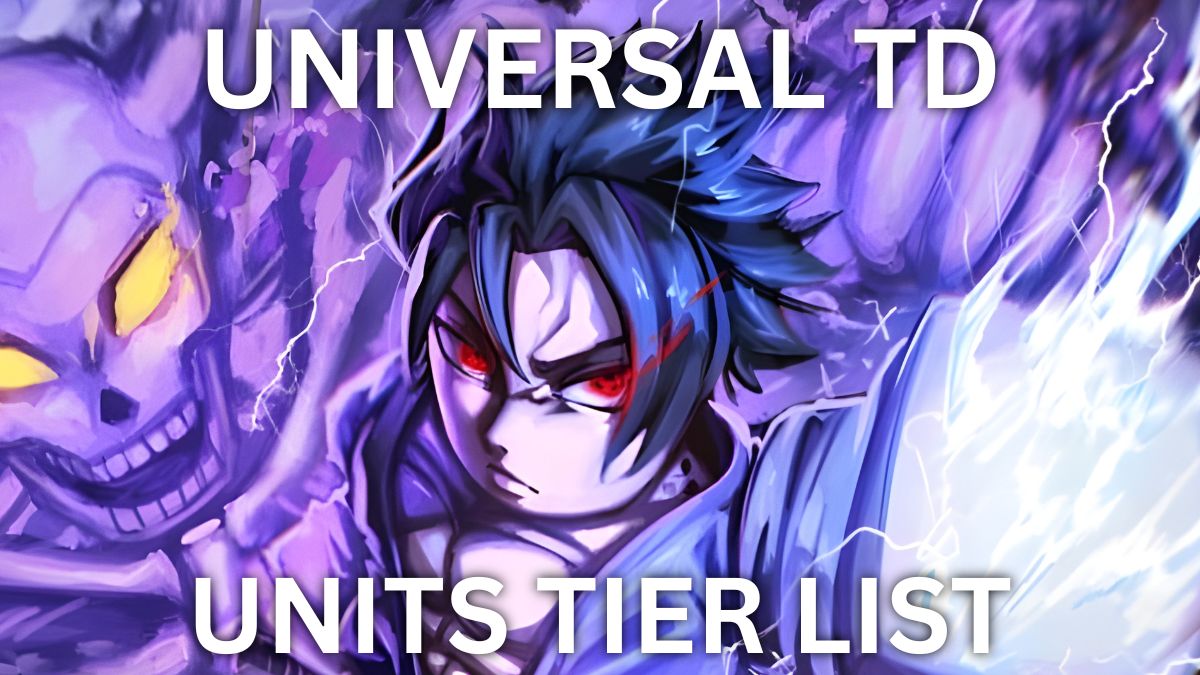


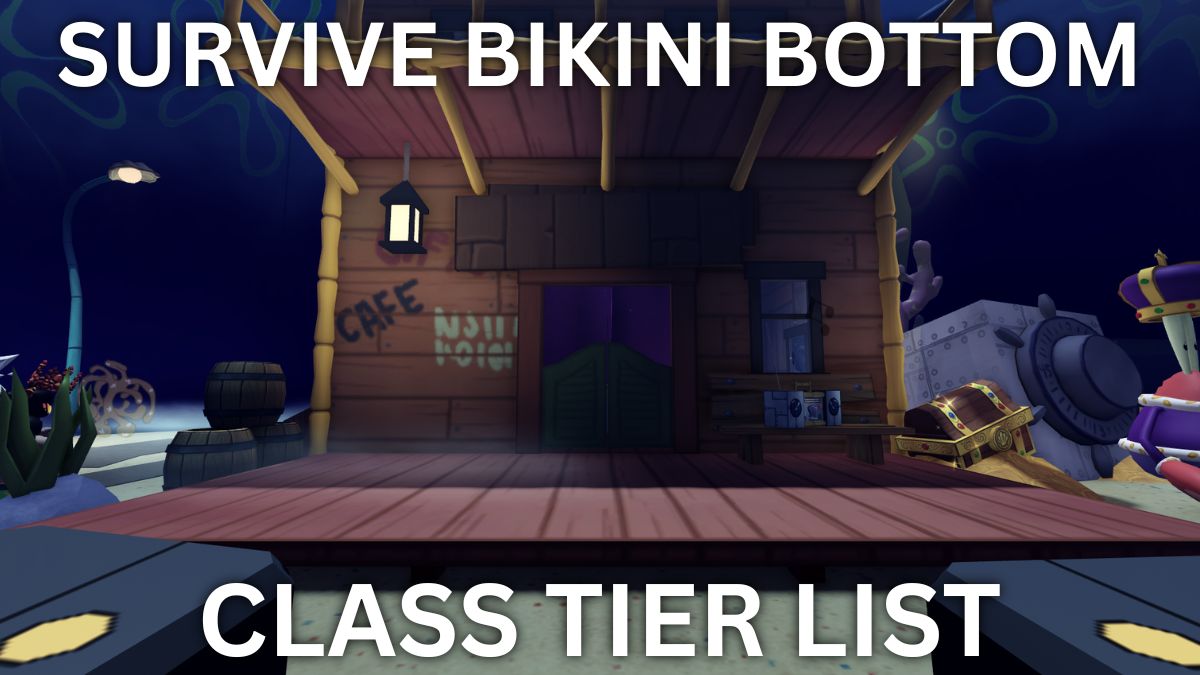
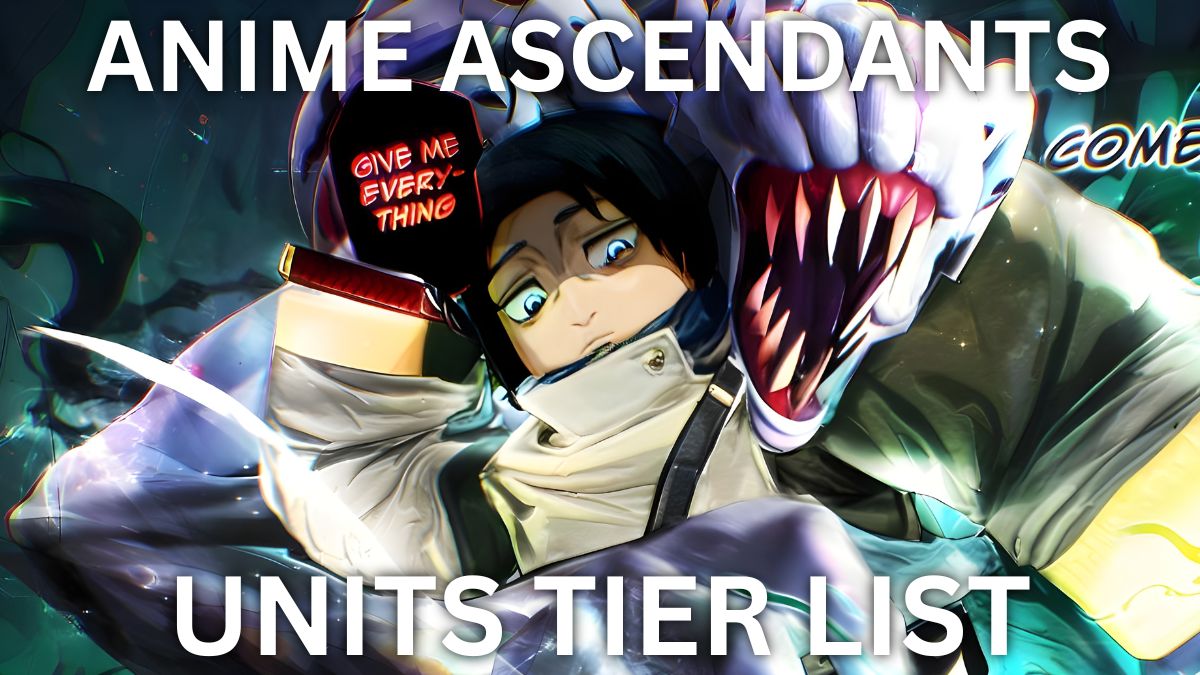
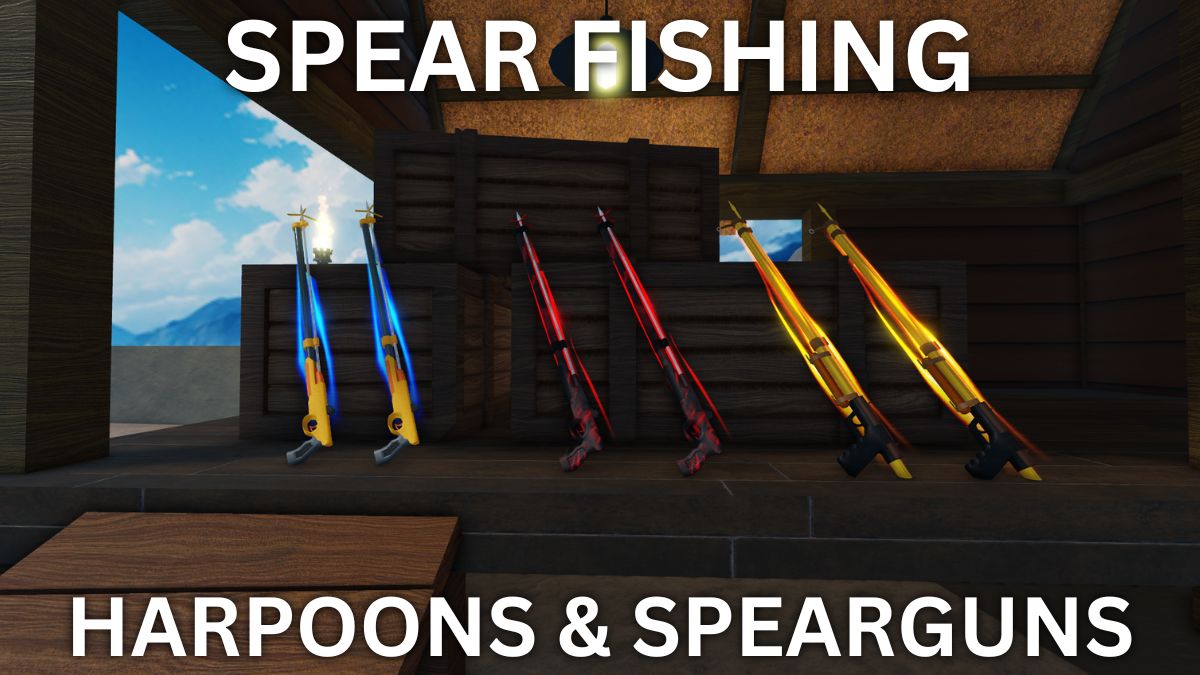
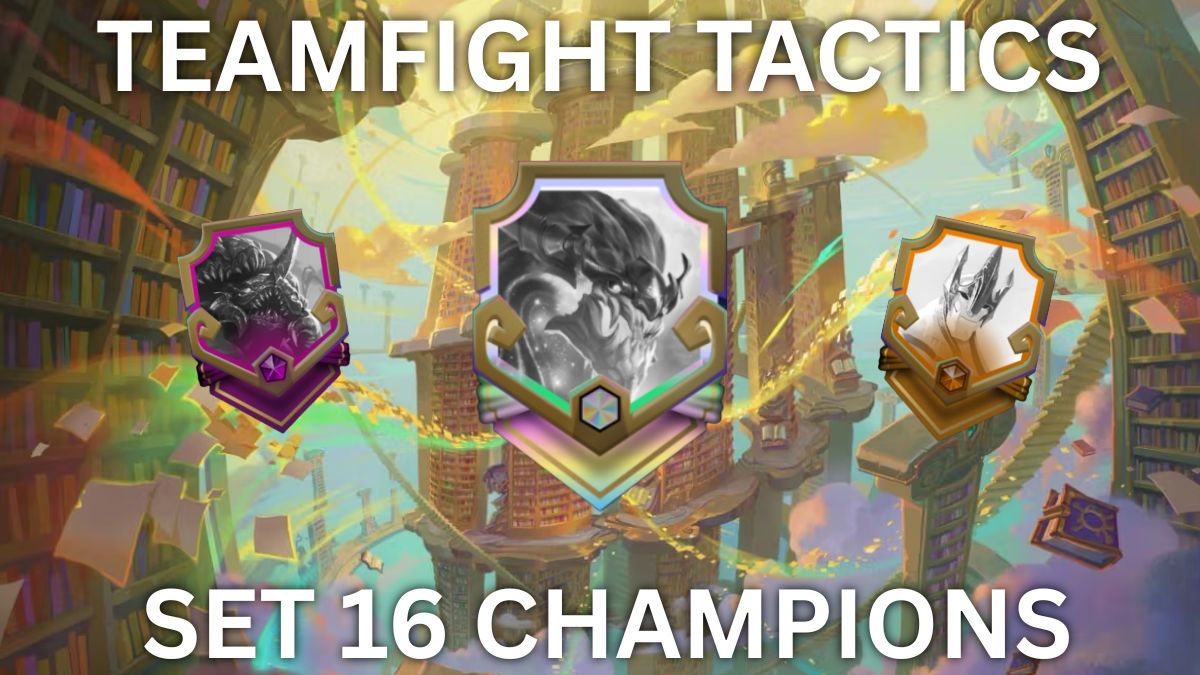

Published: Apr 3, 2022 12:19 pm